
Michaux-Perreaux steam motor cycle scale model
1868

1868
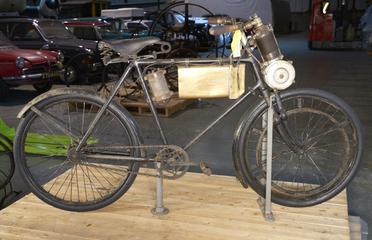
1899

1917

1916

1955

1894
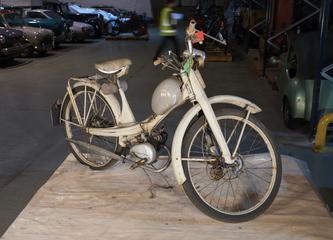
1961

1909

1909

1961

1930

1963

1955

1898-1899
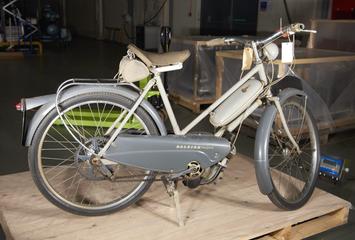
1959

1925

1926

1920

1924

1925

1978
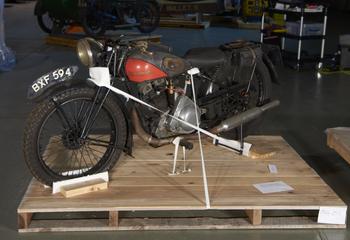
1935

1902

1927

1911

1956

1911

1898

1959

1905

1920-1921

1967

1958
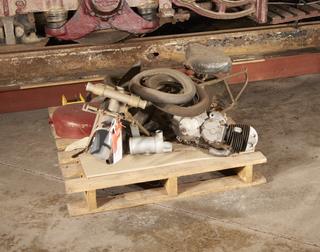
1948

1948

1935

1912
1965
1914
1899
1902-1903
1914-1918
1921
1936
1928
1913
1901
1982
1953